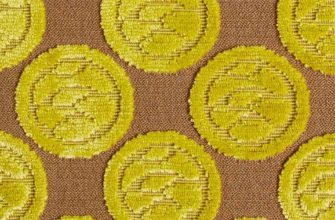Calculating fabric is a rather labor-intensive and difficult process. Any error, even 1 cm, can lead to a bad final result. This article talks about how to correctly calculate fabric for curtains and what tools are needed for this.
Sizes of curtain fabric
The width of curtain fabric is generally no more than 150 cm. Sometimes they are over 200 cm, but such options are extremely rare.
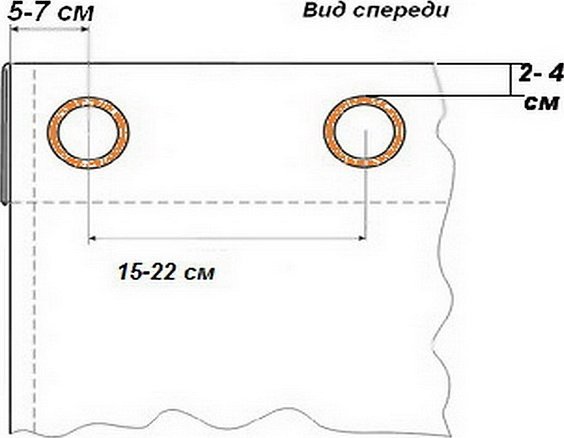
Attention! The main supplier of fabrics at one time was Germany. Due to the fact that there were narrow houses with small windows, the length of any curtain was no more than 150 cm.
The cost is directly affected by the width of the canvas. The wider it is, the more expensive the product.
What measurements need to be taken
To accurately measure the height, you need to measure with a metal tape measure instead of a centimeter - this will be a gross error. Firstly, a regular tape will not be enough to completely measure the entire window at one time, and the centimeter is elastic, which can lead to gross errors in measurements.

You need to take measurements from the bottom of the hook to the floor in three places: at the edges and in the center. This is done in order to take into account the errors of the ceiling and floor, which are in any house. For the final result, you need to take the smallest of the three measurements obtained, if they are not the same.
The curtains should be about 3 cm short of the floor, otherwise they will look unsightly and will wear out quickly.
The finished products will still hang slightly higher than the measurement taken, so you need to add 1 cm to the figure for error.
How to calculate how much fabric is needed for curtains
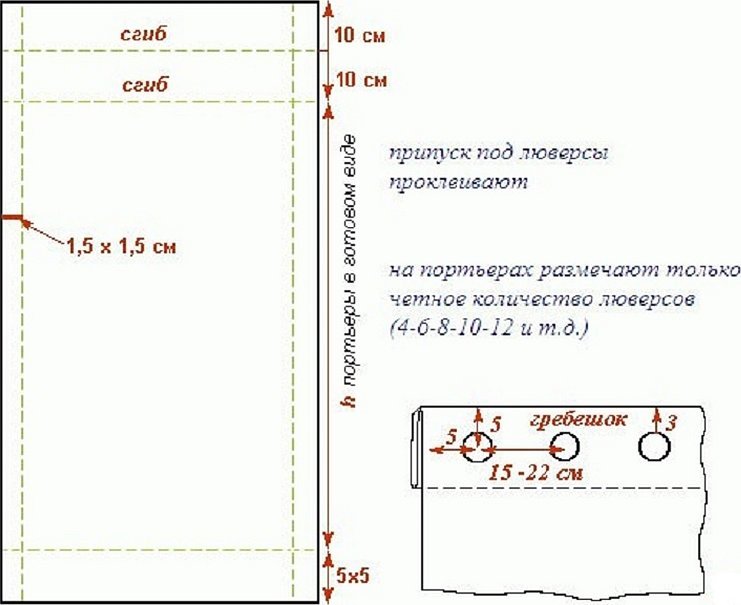
Calculating fabric for curtains begins with measurements. Initially, you need to find the distance from the cornice to the desired end point - the floor or window. This will give you the finished length. The fabrics can be like this:
- On the floor, but do not lie on it;
- Have a train of up to 10 cm;
- To the middle or end of the window;
- 15 cm below the window.
DIY Roller Blinds from Fabric Step by Step
To understand how to make roller blinds with your own hands from fabric, you need to know the list of necessary materials and tools:
- Material for both sides of the product. Single-layer is allowed, but then the sides of the material must be processed very carefully and beautifully.
- The bar on which the product will be attached.
- Clamps or clamps for the bar.
- Oval bar or tube for twisting products (optional).
- Rope, ribbons or fasteners for securing the curtain in its assembled form.
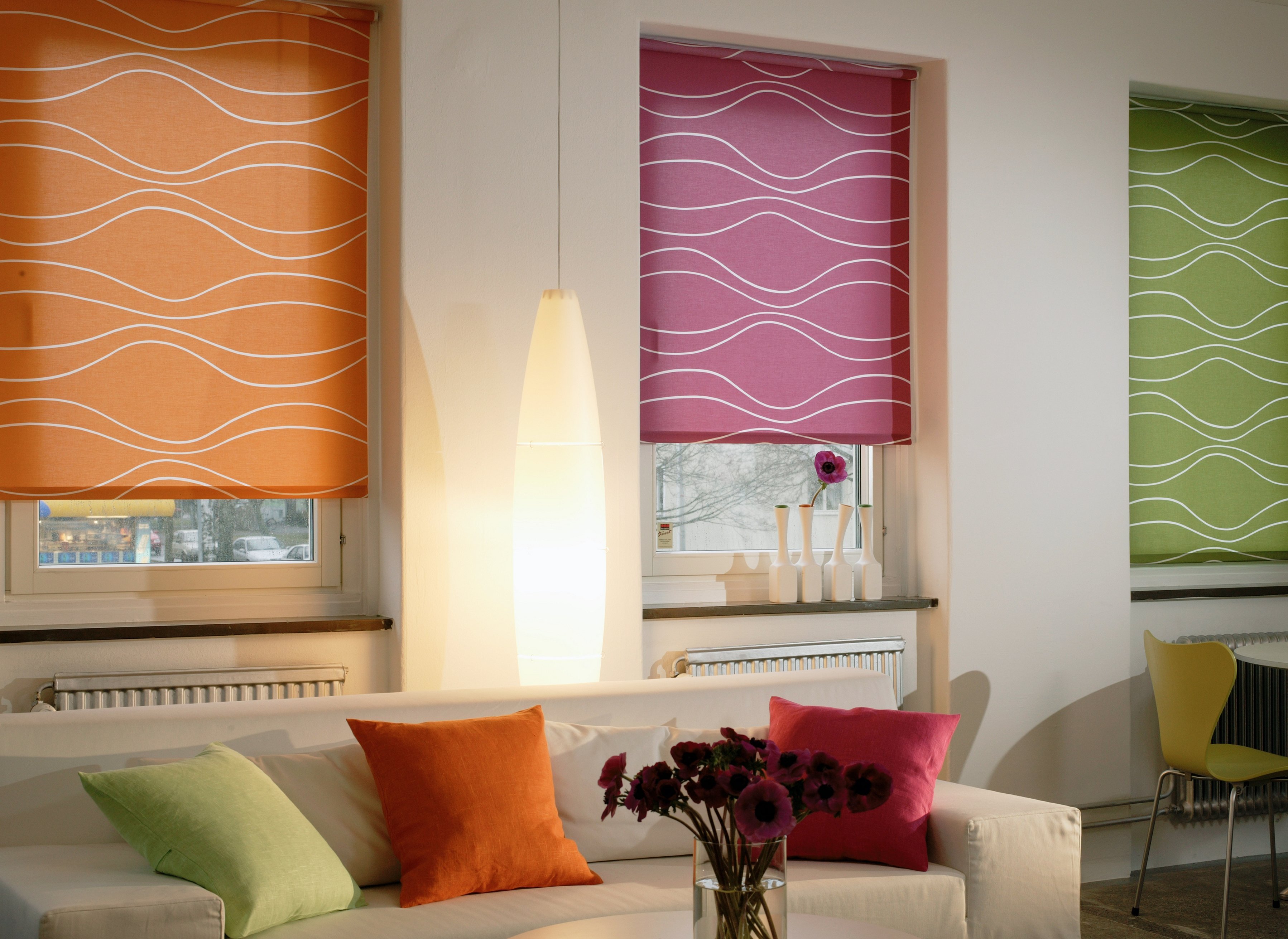
The markings on the material are made taking into account the dimensions of the window, or more precisely, the place where the curtain will hang.
For a thin curtain, the sides are processed with piping, a multi-layered one is sewn like a bag. The upper part of the product is decorated in a circle with a fastening tube and attached to it. If a wooden stick is used, you can use a construction stapler for fastening. Fold the edge of the material so that the cut is closed. If the tube is made of metal, it is better to make a compartment for it. If it is necessary to install eyelets, then reinforcing strips for curtains are made in advance.
A weight is hung on the bottom of the product, it can also be placed in a compartment so that it does not spoil the appearance. Eyelets for a cord or tie are installed.

The finished curtain is attached to the window. It is better to use construction brackets for fastening.
How to sew curtains from two colors of fabric
Curtains made from different fabrics sometimes create problems in window decoration, because many people do not know how to combine colors. It is advisable to look at photos of curtains made from two fabric colors on the Internet to understand what you need to work with. When sewing on your own, you need to remember some nuances. For the most part, sewing can be done easily, because there are no complex elements in the curtains. But the difficulty lies in the correct calculations. Initially, you need to measure the height and width so that they are on the floor, but do not lie on it.

It is quite easy to sew curtains from two fabrics of different colors with your own hands, the patterns of which can be found in various master classes on the Internet.
Useful tips for sewing:
- Choose the type of fabric and color. When choosing, you need to focus on the color of the walls, ceiling, floors and furniture. Everything should match and not have strong contrasts. You also need to measure the height of the future curtains. You can make them slightly higher than the window sill.
- Know the characteristics of the fabric. It is important to know the name and composition. So that it is easy to sew it. Some types of material are made of threads that crumble when cutting the fabric, making the work even more difficult. It is recommended to choose a dense fabric so that the canvas holds its shape.
- Lightweight materials look more elegant. It is advisable to assemble using satin tape.
- Lighting in the room plays a big role. For the sunny side, denser fabrics are needed. If the sun hardly shines through the windows, then light materials like organza will do. Combined curtains for the living room can be made from these two types of fabric.
- Before starting work, the canvas must be washed so that it does not shrink in the future.
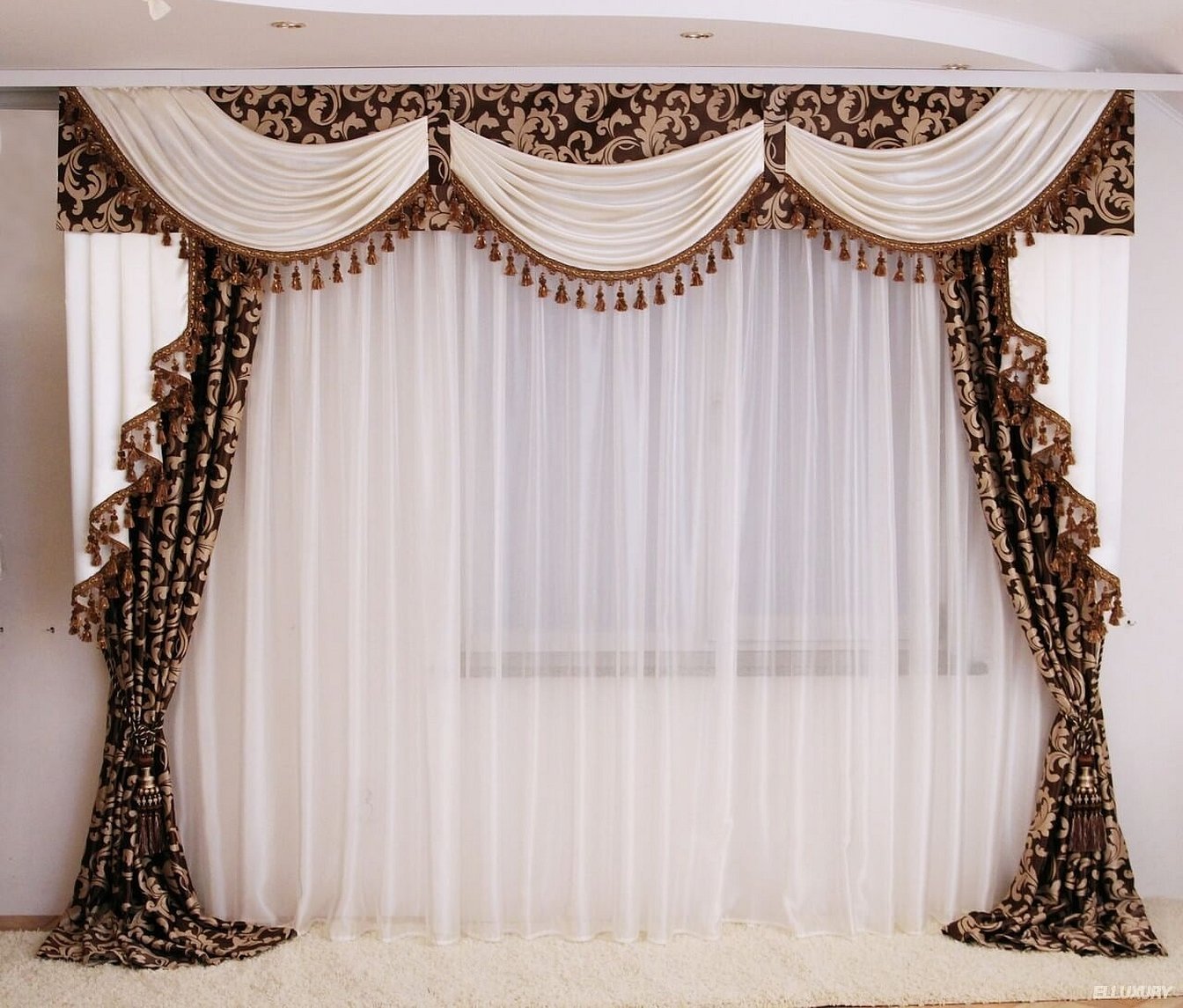
Step-by-step work:
- Cut the fabric into two equal parts. Place them together with the outer side and sew with threads in the same color as the fabric. Overlock the edges so they don’t fray.
- Now the material needs to be folded. First by hand, then using a machine. Carefully smooth out the fold with an iron, but not too hot, it all depends on the type of fabric.
- At the end, a ribbon for hooks is sewn on.
How to calculate the number of eyelets for a curtain.
To understand how to calculate the width of curtains on eyelets, you need to choose the type of rings. Metal eyelets look beautiful, but they deform the curtain rod, creak, and form rust.
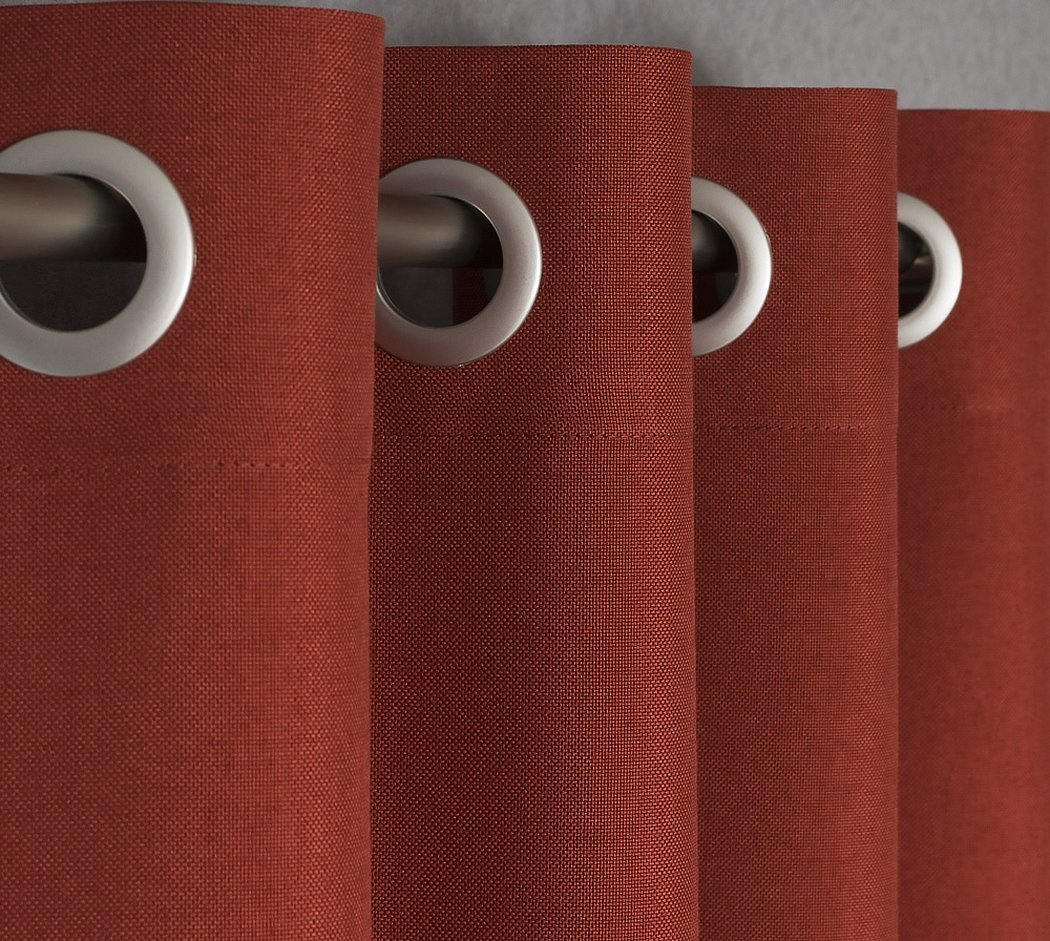
Reference! You can use plastic ones, they are cheaper and less problematic.
The number of fasteners must be even. This nuance cannot be ignored. With an even number, the side edges of the products will be on the side of the window. If the number of fasteners is odd, the edges will stick out in different directions. Which spoils the appearance of the product as a whole. To calculate the number of fasteners, you need to know the dimensions of the curtain. The correct distance between them is usually considered to be 15 cm. It is allowed to change up to 22 cm. The side eyelets are placed 6 cm from the edge of the cornice. Such canvases are more often used for the bathroom; in bedrooms, they will look quite rough and uncomfortable.

To calculate the consumption, you can use a simple form:
n1 = (L - 2a): 15 + 1.
Where:
- n1 — the desired quantity;
- L—fabric width;
- a is the distance from the edge to the middle of the outer ring.
Interesting examples
Sometimes, to make an interesting idea for the interior, you just need to use grabs. They can be used during the day, and at night, completely close the window.
Original grabs for products:
- Bracelets or beads, curtains will look more delicate.
- A bow tie would be a good choice for a boy's room.
- For single and brutal men, leather belts can be used.
- For girls, grabs with different flowers or in the form of butterflies will look beautiful.
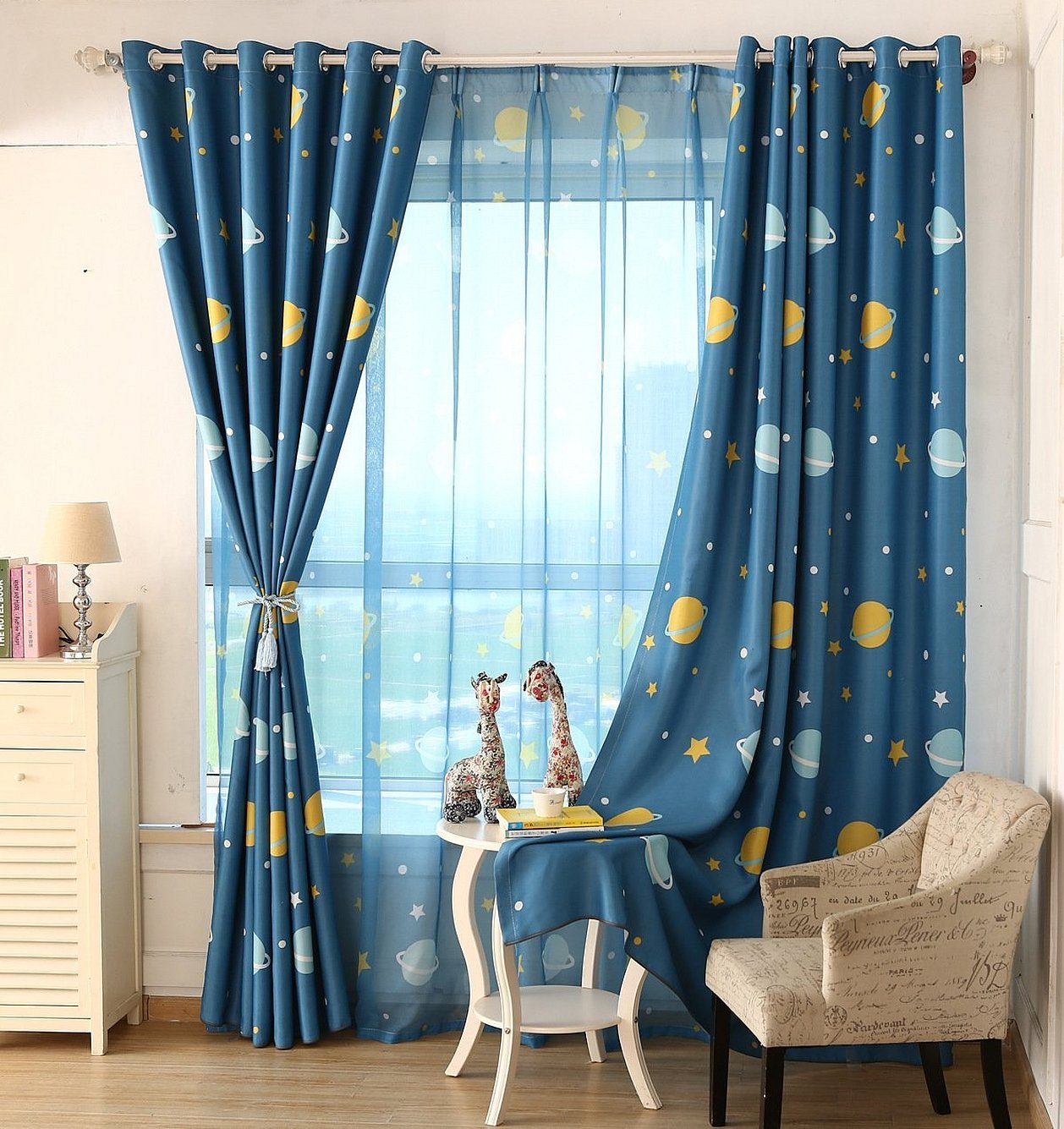
A great idea for curtains is to make them not from fabric, but from large beads. But for this you will need a strong thread or fishing line.
For thin curtains, you can use satin ribbons with small weights. It looks really light and delicate. It is more suitable for a spacious living room or bedroom.
The most original canvases will be those that are painted independently. You can make a smooth gradient or various patterns on the canvas.
To add beauty, additional ties are sewn along the entire hem of the fabric. Fringe at the ends of the fabric looks beautiful. You can also make a lambrequin at the top, make more folds. It is made from sewn fabric.

Attention! Many people prefer marine themes for curtains or drapes. And they make them from various shells and stones. Such a product requires a lot of time and patience.
Holders and fasteners are used as decoration. They add uniqueness and novelty to the entire room. For children's rooms, it is recommended to choose tulle and curtains with pastel-colored patterns.
Classic blinds, which can be decorated with small butterfly-shaped ornaments, are perfect for a private office or study.
Often, curtains on one side are purchased for kitchens, this allows the fabric not to get dirty and provides a lot of light in the room. For apartments in the minimalist style, fabrics with edging at the bottom are suitable. Attic structures are also gaining popularity, but they are not suitable for all rooms. The right light and design of the room are important.

For country houses, arched curtain options are suitable; it is advisable to use them for large windows.
Curtains are an integral part of the interior of any house or apartment. You need to be very careful when measuring the product, otherwise the finished curtains may be damaged. Making tulle or curtains with your own hands is quite simple, even a novice craftsman can handle it. It is important to buy only high-quality materials so that the products will last for many years. Good fabric will cost from 400 rubles* per square meter.
*The prices indicated are valid as of August 2019.



